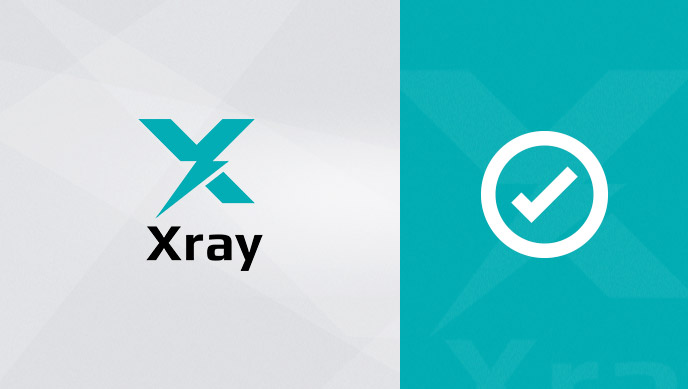This guest blog was written by Mafalda Mendes, Marketing Assistant at Xpand IT.
Software testing is a vast domain, with a lot of details to consider to ensure great products are produced for customers. Yet realistically, the only constant is change and software teams need to be ready to adopt Agile methodologies in order to structure, plan and control software-testing processes.
If your test team is thinking about moving to an Agile approach, here are some concepts to consider integrating into your processes. Of course, your team will need the right tools to support your Agile test management workflow. Xray Test Management, integrated with Jira Software, provides a powerful solution for delivering quality software within Agile best practices.
First things first: What is Agile test management?
Within Software development in general, the concept of Agile refers to promoting collaboration, flexibility, visibility and responsiveness to feedback. Therefore, these concepts transmit into the testing domain for fixing bugs and ameliorating performance issues.
Unlike the Waterfall methodology that is completely linear, the testing phase starts concurrently with the development phase, creating more potential to change course quicker – a point that is especially advantageous when clients’ end goals are subject to change.
In Agile test management, the documentation is as flexible and extensive as necessary, adapting it to the team’s needs throughout the entire software development process.
Each engineer/tester is expected to know the entire product and participate in every testing step. Team members pick the tasks they will work on and communicate with the team on a daily basis, fostering autonomy and self-motivation.
Agile should be seriously considered as a framework when frequent releases are necessary, your teams are autonomous, and if the client could possibly change the scope of the project during the development process – all scenarios which are very likely in the current software development ecosystem.
Flexibility in Agile test management
Here are some core concepts around Agile test management:
- Test planning: The plan is reviewed at the start of each sprint rather than defined just once.
- Requirements: The test team participates in defining the specification, which are subject to change on a daily basis if deemed necessary.
- Acceptance testing: Conducted by the testing team and the customer after the delivery.
- Team workflow: Both development and testing teams are integrated and work together. Everyone on the team (developers and testers) execute tests.
An Agile methodology allows for positive collaboration and provides structure for delivering products when all the requirements are not certain. However, it’s necessary to take heed that the final project doesn’t turn into something completely off-base, so the right tools are necessary for project management.
Agile test management tools: Xray and Jira
In an Agile methodology, time is of the essence. There isn’t time to waste on creating manual reports, for testers to wait for developers’ feedback, or for miscommunications regarding the software’s quality.
Xray, one of the leading Agile test management tools on the Atlassian Marketplace, adapts to the specific challenges facing Agile software development teams. Here are some of Xray’s features:
Ability to track QA/Feedback from testing directly in Agile boards, so all team members have visibility over the issues’ progress from a quality perspective.

Tracks testing progress from the start, by showing the coverage status on user stories and allowing testers to perform testing whenever they want – without being restricted by a Waterfall process timeline.

Fosters Agility by promoting collaboration and clear visibility to all team members so both testers and developers can easily collaborate. Everyone can leave feedback, including during the requirement or user story specification. Likewise you can easily give feedback during all testing phases, as each one is abstracted as an issue where you can add comments, attachments, links, etc.

It facilitates working in parallel, rather than a cascade Waterfall process. Testers can work closely with developers reviewing user stories and test cases to validate them. Testers can promptly execute tests and multiple testers can work at the same time in the same or different test executions. Developers also can work in the planning of testing and reviewing all related work.

Does not require following a restrictive, complex process. Xray allows you to tune your testing methodology and processes to better fit the needs of your team. You can use more or less testing entities and you can decide when to use them.

It facilitates responding to change, thus releasing faster by providing close integration with test automation and Continuous Integration (CI) tools, no matter in which language tests are implemented in.
As an added bonus: Xray integrates with Xporter, which automatically will generate reports, so teams can focus developing features and fixing problems in order to make viable software rather than producing reports for managers and stakeholders.

Change is never easy, but it’s possible.
The key to doing Agile right is embracing a mindset of continuous improvement. Experiment with different practices and have open, honest discussions about them with your team. Keep the ones that work, and throw out the ones that don’t.
Thousands of organizations around the world can attest that Jira Software is one of the best tools for their quality assurance (QA) and testing teams, and Xray for Jira makes it even better for Test Management. Discover the future of testing in Jira.
Try Xray for Jira



